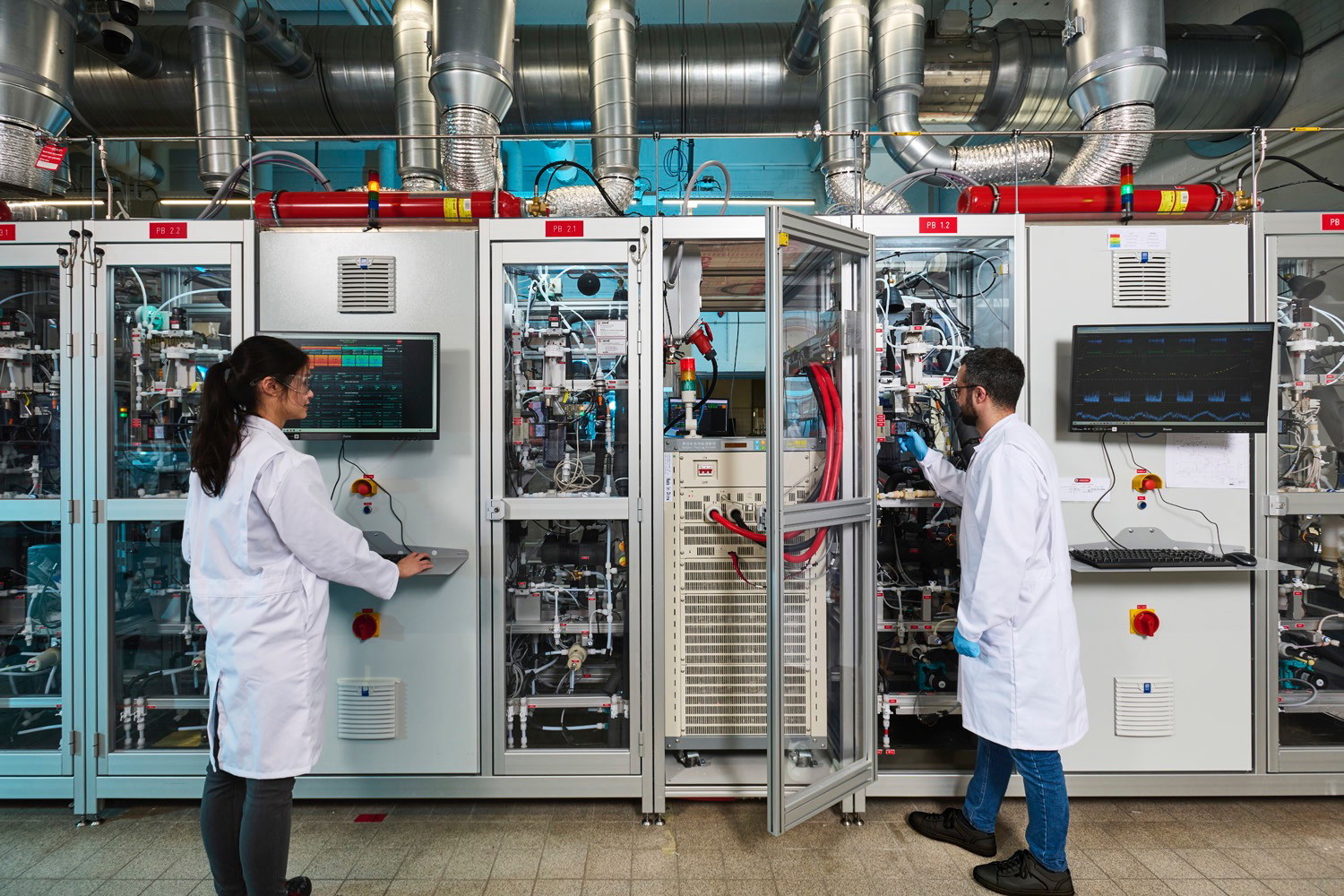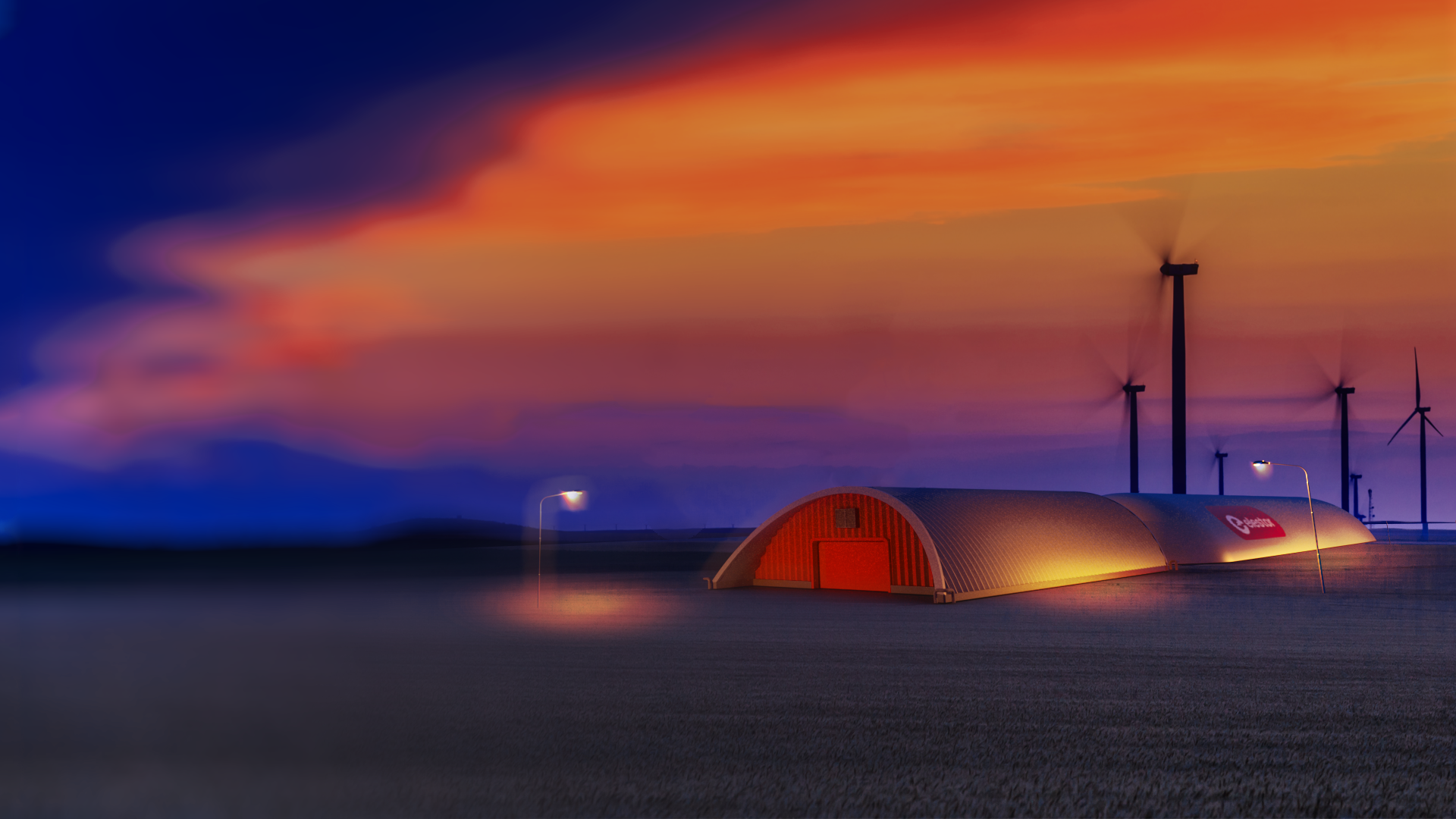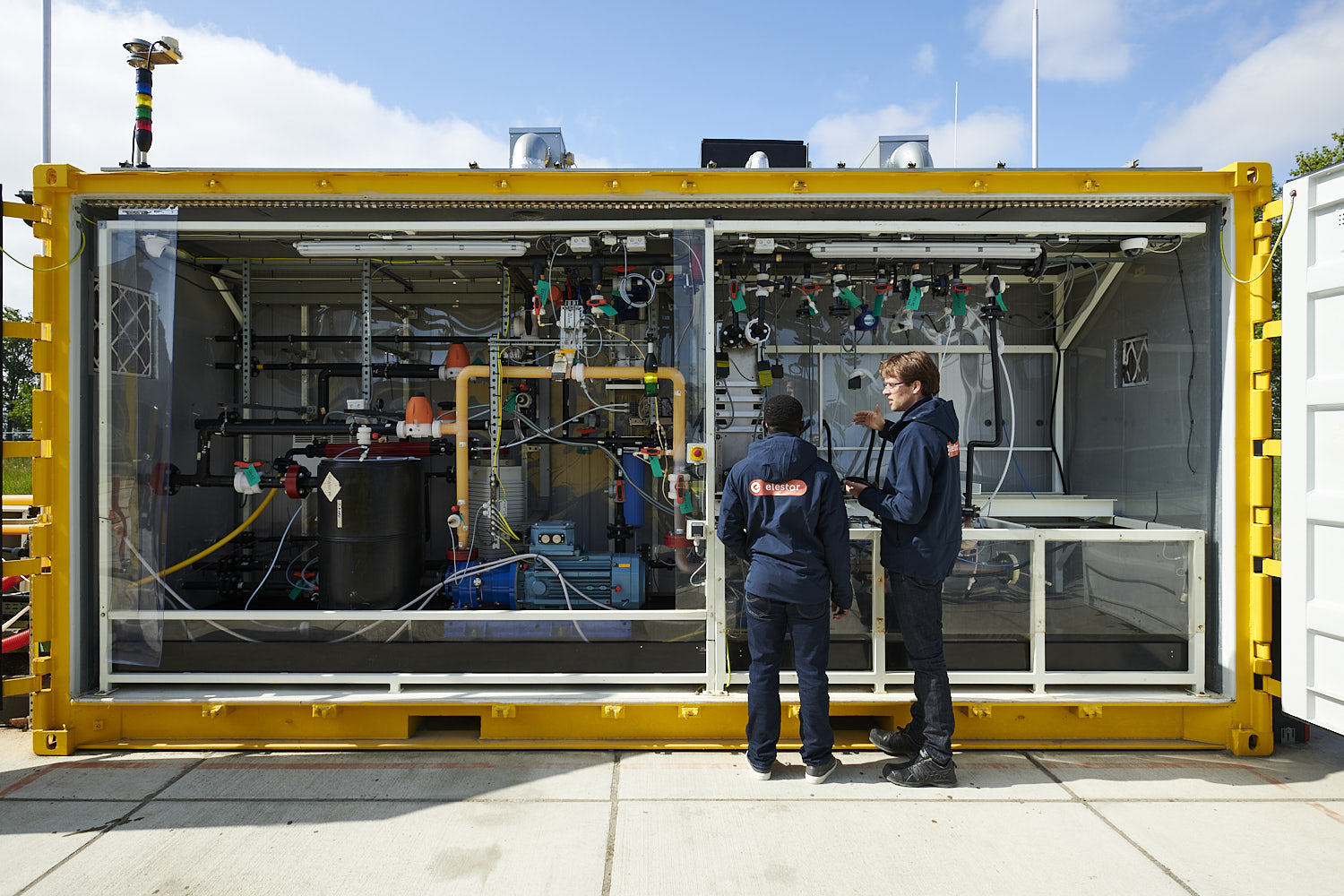
Hylke van Bennekom reveals Elestor’s big step forward with a switch from hydrogen-bromide to hydrogen-iron in our flow batteries
After months of secrecy, I can finally reveal that Elestor has taken a giant step forward, with our decision to combine hydrogen with iron, rather than with bromine, in our flow batteries.
It’s basically a technology-leap, though the decision to switch to this groundbreaking hydrogen-iron H2Fe solution was not rushed. Instead, it’s simply evolved as a natural next step after years of research and development.
Our R&D team has naturally carried out studies of a range of possible chemistries. This has been done in close consultation with our commercial partners and our council of top international scientists and engineers. Our decision to switch is not purely a scientific one, but one that is also based on a complex series of additional criteria.
Some of these are related to matters of economics and finance, as it is not always best in business terms to opt for solutions that look the best on paper.
Other criteria relate to matters of regulatory compliance and approval processes, as it is sometimes more sensible to go for solutions the planners can understand quickly, rather than trying to push through complex solutions that get bogged down by bureaucracy.
But a more recent and the most crucial criteria that is on everyone’s mind these days relates to international relations. Recent and ongoing geopolitical turbulence has pushed energy security, national and regional energy resilience, and robust energy generation and distribution to the top of the agendas in many parts of the world.
Energy independence might be a pipe dream for most or perhaps all countries, but it is still possible for many countries and regions to reduce their reliance on energy or technology imports from hostile nations. They can do this by transitioning to a locally sourced and constructed clean energy system, based on renewables such as solar and wind power, with backbone support of an affordable, robust and reliable large-scale, long-duration energy storage solution.
Our hydrogen-iron flow battery represents the missing link in this equation, and our mission is to deliver exactly what’s required to complete the chain.
The case for iron
A key reason to opt for iron is the fact that it is even more abundant than bromine. True, neither material is scarce, but iron differs from bromine, which is extracted from sea water, in one important regard. Iron is available, also in areas far from or cut off from the sea. Production and refining of FeSO4 is also a lot easier than of HBr. In fact, it’s often a residual so-called waste product from other chemical processes.
Iron’s abundance, wherever you are in the world, also makes it eminently affordable. This affordability is further aided by the ease with which it can be transported, stored and used, at low costs to boot. These factors further enhance the operational resilience and robustness of iron. In addition, iron cuts total costs as it can co-exist with less robust materials than bromine can, so savings can be made by using cheaper materials in many stages of the operations. In particular, this chemistry will eliminate the need to use forever plastics, which reduces the environmental impact of the technology and further eases its acceptability with regulators as it makes it easier to comply with all rules and regulations.
When all is said and done, it is clear that a hydrogen-iron flow battery system is even easier to scale than any other flow battery solutions, and it is indeed highly competitive when compared with all other large-scale, long-duration energy storage (LDES) solutions.
Presently, more than 95% of the market supply for stationary energy storage consists of lithium iron phosphate (LFP) batteries, typically deployed in a short- to midterm storage duration (BES, two-to-four-hours-duration).. In Long Duration Energy Storage (LDES) applications, typically beyond eight hours, however, these batteries are uncompetitive, as are all state-of-the-art electrochemical batteries, as far as their levelised cost of energy storage is concerned. Other energy storage solutions, such as thermal, gravity or compressed air methods, are also unable to compete on cost with hydrogen-iron flow batteries in this application.
This is basically because any flow battery will invariably offer the most competitive technology to tackle energy storage challenges when a long-duration, large-scale solution is required. There are naturally several different flow battery technologies to choose from. We have found that our hydrogen-iron redox couple balances out as the best alternative, as the others are either reliant on scarce and thus expensive materials, are still at the research stage, are burdened by reliance on high-cost components, have low energy and power densities, have low round trip efficiencies, or are simply overly complicated to work with.
This makes Elestor’s flow battery technology even more investable, and thus more likely to contribute to the generation of green jobs, robust economic growth and rapid financial returns, even while the energy transition away from fossil fuels remains a work in progress.
Our hydrogen-iron flow battery will even help speed up this transition. This is particularly welcome news, more so now than it was a couple of years ago, when international cooperation and stability were taken for granted by many countries.
As a consequence of all this, all our development and production partners have now concluded that the hydrogen-iron flow battery is the best technology available, both now and in the foreseeable future.
We are responding appropriately, gearing up to provide them with exactly what they want and need.

With € 30 million, the SLDBatt project in the context of the Growth Fund Material Independence & Circular Batteries is the largest R&D project into battery technology for long-term storage of sustainably generated electricity in the Netherlands
Minister Hermans with SLDBatt consortium representatives at IEA Energy Storage Symposium in Rotterdam (credits: Mathias de Graag / RVO)
Read more
Elestor’s Hydrogen-Iron Flow Batteries: Powering Europe’s Resilient and Sovereign Energy Future
In its Innovation News Network article from 15 July 2025, Elestor illustrates how its hydrogen‑iron flow batteries can deliver long‑duration, modular energy storage to bolster Europe’s grid stability and strategic autonomy. The story highlights the team’s use of abundant, safe materials and regulatory-aligned design to ensure rapid deployment at scale.
Read more
Permissible technology
Why we find it easy to gain approval for our hydrogen-iron flow battery from both regulators and the general public
Read more
